Charleston consistently earns its reputation as one of America’s most charming cities, with its cobblestone streets, antebellum architecture, and distinctly Southern hospitality drawing increasing visitor numbers each year. Yet the very qualities that make this South Carolina gem so appealing can sometimes disappear beneath crowds of tourists concentrated along the city’s most famous streets and attractions. The authentic Charleston—the one locals treasure—often exists just beyond these well-trodden paths.
Here is a list of 16 ways to experience Charleston’s genuine character while avoiding the worst of the crowds, connecting with the city’s rich history, vibrant culture, and natural beauty in more meaningful ways.
Embrace Early Morning Harbor Walks

The Charleston Harbor waterfront transforms during early morning hours when locals exercise along the Battery seawall and fishermen cast lines from the pier. Morning light illuminates the harbor’s historic fortifications while shrimp boats return with overnight catches—continuing maritime traditions that shaped Charleston’s development.
The Battery’s grand antebellum mansions catch dramatic morning light without throngs of tour groups obscuring their architectural details. These quiet morning hours reveal the working harbor that remains central to Charleston’s identity beyond its tourist economy.
Explore Upper King Street

While lower King Street fills with shoppers visiting national chains, the upper section maintains more local character through independently owned businesses occupying historic storefronts. This rapidly evolving district showcases Charleston’s contemporary creative energy through design studios, workshops creating traditional crafts with modern interpretations, and locally owned eateries.
Weekend mornings bring neighborhood residents to favorite breakfast spots where conversations with staff provide insider perspectives on city changes and preservation debates that continue shaping Charleston’s development beyond its historic core.
Like Travel Pug’s content? Follow us on MSN.
Visit Hampton Park
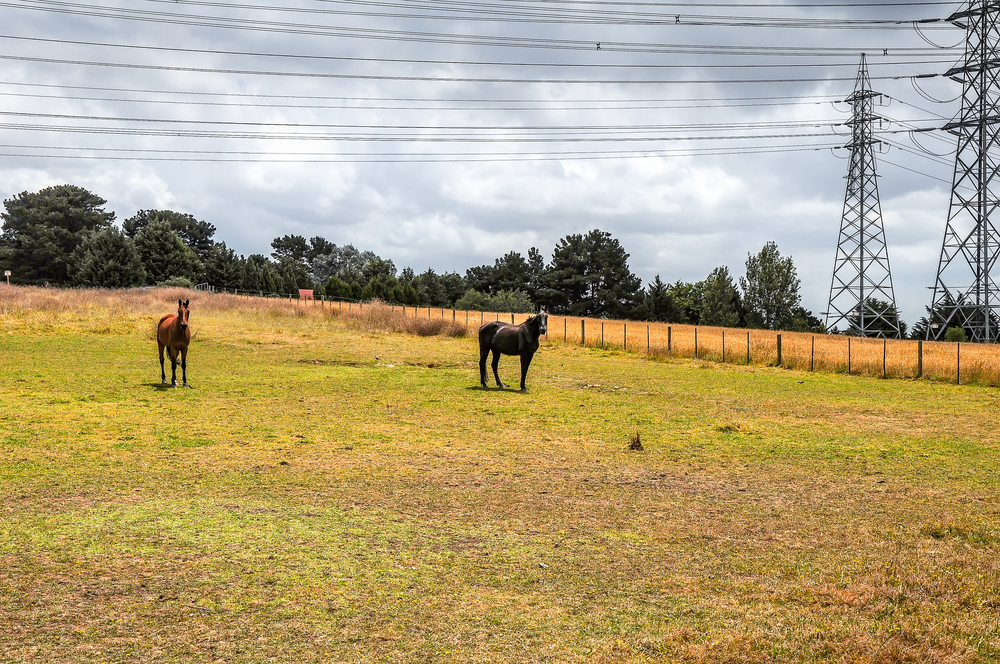
This 60-acre green space northwest of the historic district offers expansive lawns, meandering paths, and historic significance without downtown crowds. The park site served variously as a race course, Civil War prisoner-of-war camp, and the location of Charleston’s 1901 World’s Fair, with landscape elements reflecting these historical layers.
Morning hours bring residents walking dogs, practicing tai chi beneath massive oak trees, and gathering at the community garden where traditional Lowcountry vegetables grow. These everyday activities provide glimpses into contemporary Charleston life, rarely visible in tourist-centered areas.
Experience Sunday Service at Historic Churches

Charleston earned its “Holy City” nickname from its skyline dominated by church steeples, and these congregations maintain living traditions worth experiencing. Sunday services at churches like St. Michael’s Episcopal (1761) and Circular Congregational (1681) offer windows into both historical continuity and evolving community life.
While some visitors tour these buildings solely for architectural interest, participating in services connects travelers to living spiritual traditions that have shaped Charleston’s development across centuries. Many congregations welcome visitors and offer coffee hours, providing natural opportunities for conversations with multi-generational Charleston families.
Explore Lowcountry Foodways Beyond Shrimp and Grits

Charleston’s culinary renaissance has brought national attention to Lowcountry cuisine, but exploring neighborhood establishments reveals traditions beyond famous dishes. Early morning visits to community bakeries producing benne wafers from sesame seeds introduced by enslaved West Africans connect visitors to culinary heritage maintained across generations.
Traditional breakfast preparations featuring rice—reflecting the crop that generated Charleston’s plantation wealth—appear in neighborhood cafés serving foods rarely found on tourist-oriented menus. These culinary experiences provide tasty windows into the region’s complex agricultural and cultural history.
Like Travel Pug’s content? Follow us on MSN.
Discover West Ashley’s River Road
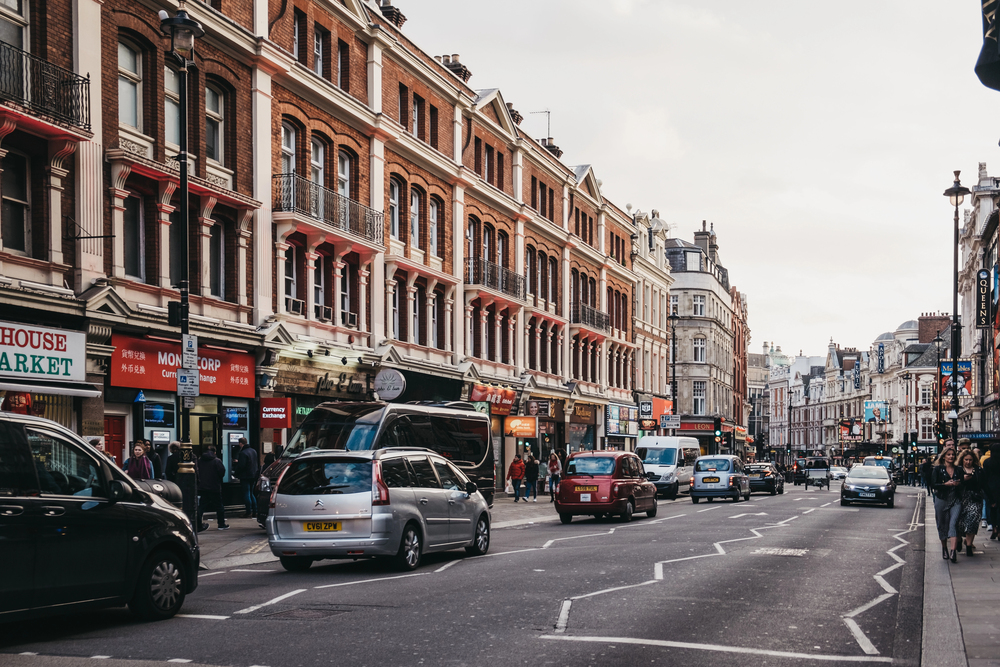
Just minutes from downtown, this quiet route along the Ashley River passes historic plantations without the crowds at more famous sites. Remaining agricultural lands demonstrate cultivation patterns established during colonial times, while small roadside stands sell seasonal produce from working farms maintaining traditional growing practices.
The avenue of oaks at Fenwick Hall plantation—though privately owned—offers glimpses of grand approaches that once characterized plantations throughout the region. These landscapes provide important context for understanding Charleston’s development within the broader Lowcountry environment.
Venture Into Hampton Park Terrace

This early 20th-century neighborhood northwest of downtown showcases Charleston’s architectural evolution beyond the colonial and antebellum periods celebrated in tourist districts. Tree-lined streets feature American Foursquare and Colonial Revival homes built during Charleston’s recovery from the 1886 earthquake that devastated earlier structures.
Weekend mornings bring residents to front porches and gardens, creating natural opportunities for conversations about neighborhood traditions and contemporary community life. These quieter residential areas demonstrate how Charleston architecture adapted American trends to local climate conditions and cultural preferences.
Find Reverence at McLeod Plantation
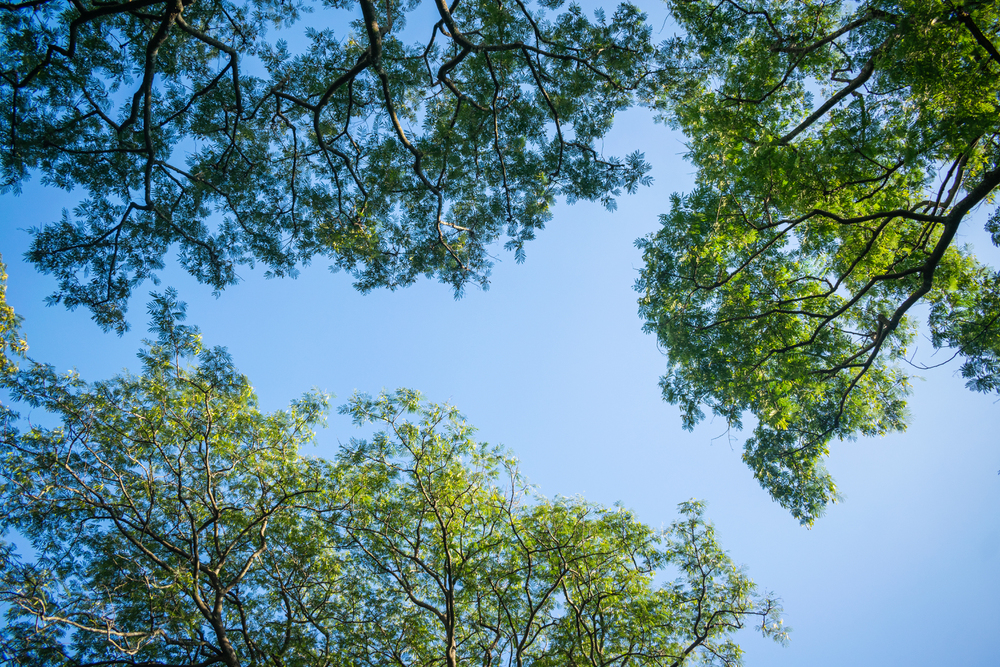
While large plantation houses draw crowds seeking “Gone With the Wind” romanticism, this James Island site maintained by Charleston County Parks focuses primarily on enslaved people’s experiences. The preserved slave cabins, carefully researched interpretation, and thoughtful presentation create space for reflection on the labor systems that generated Charleston’s historic wealth.
Weekday visits allow contemplative engagement with difficult history often glossed over at more commercially oriented plantation properties. The site’s location away from main tourist routes helps maintain its educational atmosphere rather than entertainment orientation.
Like Travel Pug’s content? Follow us on MSN.
Explore North Charleston’s Park Circle

This planned community, dating from the early 1900s, has transformed into a vibrant neighborhood offering local experiences without downtown crowds or prices. The central circular park hosts community events throughout the year, while surrounding streets feature restaurants where residents outnumber visitors.
The nearby Navy Yard area showcases the adaptive reuse of industrial buildings now housing breweries, workshops, and creative businesses. These areas demonstrate Charleston’s evolution beyond a tourism-centered economy through manufacturing traditions and contemporary creative enterprises rarely visible downtown.
Experience Local Market Culture
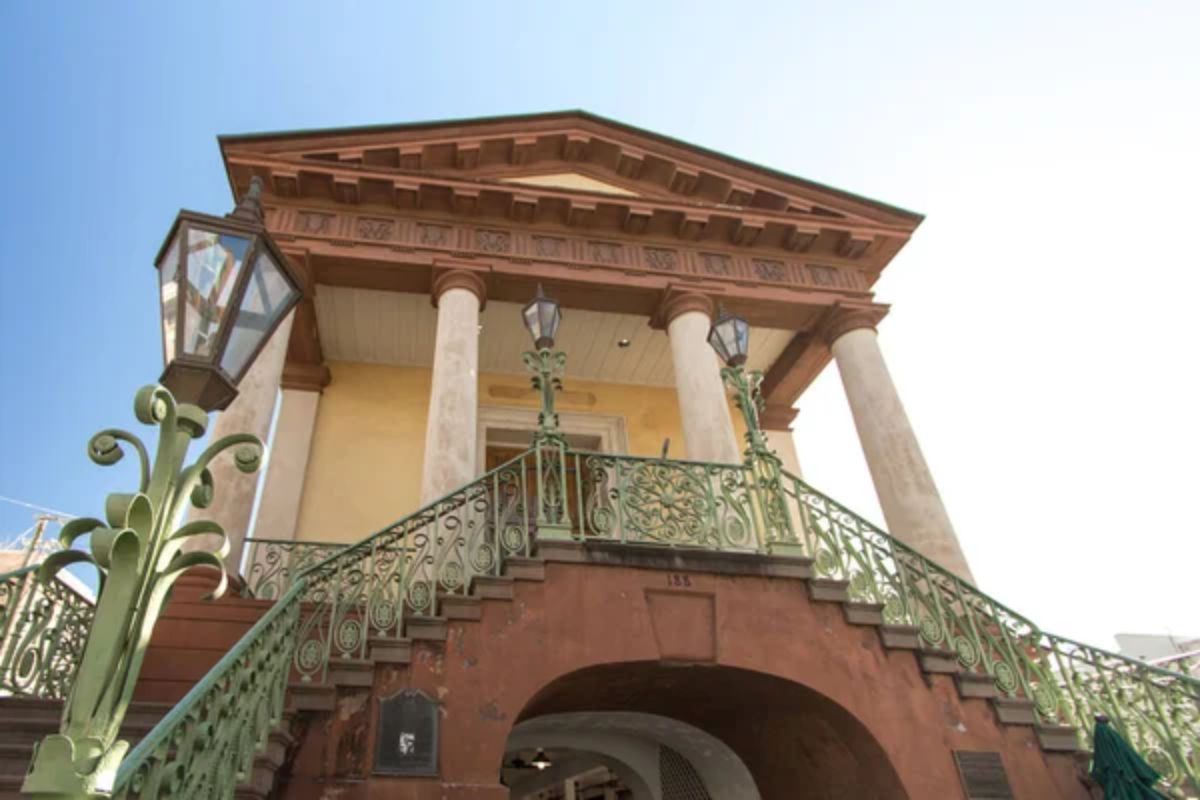
While the historic Charleston City Market draws tourist crowds, neighborhood farmers’ markets offer more authentic local interactions. The Sunday brunch farmers market on James Island features Lowcountry producers selling everything from traditional sweet grass baskets to contemporary farm products.
Johns Island farmers market showcases agricultural traditions maintained by families who have farmed the sea islands for generations. These markets connect visitors directly with local producers, maintaining traditional skills and agricultural practices that continue shaping regional culture beyond tourist economies.
Navigate Neighborhood Waterways

Charleston’s identity remains inseparably connected to its waterways, with tidal creeks penetrating deep into neighborhoods beyond tourist districts. Kayak tours of Shem Creek in Mount Pleasant reveal working shrimp boat operations and dolphin feeding grounds while avoiding motorboat traffic on the main harbor.
Early morning paddling routes through marsh landscapes surrounding James and Johns Islands offer wildlife sightings and perspectives on historic sites visible only from water approaches. These water-level experiences connect visitors to environmental conditions that shaped Charleston’s development as a maritime center.
Like Travel Pug’s content? Follow us on MSN.
Discover Diverse Religious Heritage

Beyond famous Christian steeples, Charleston contains significant sites representing broader religious diversity often overlooked on standard tours. The fourth-oldest Jewish congregation in America maintains its historic Coming Street Cemetery with graves dating to the 1760s, while nearby Kahal Kadosh Beth Elohim houses one of America’s oldest Reform Jewish congregations.
Emanuel African Methodist Episcopal Church—though painfully known for the 2015 shooting—represents two centuries of African American religious independence and civil rights advocacy. These sites reveal Charleston’s complex cultural landscape beyond simplified carriage tour narratives.
Connect Through Craft Traditions
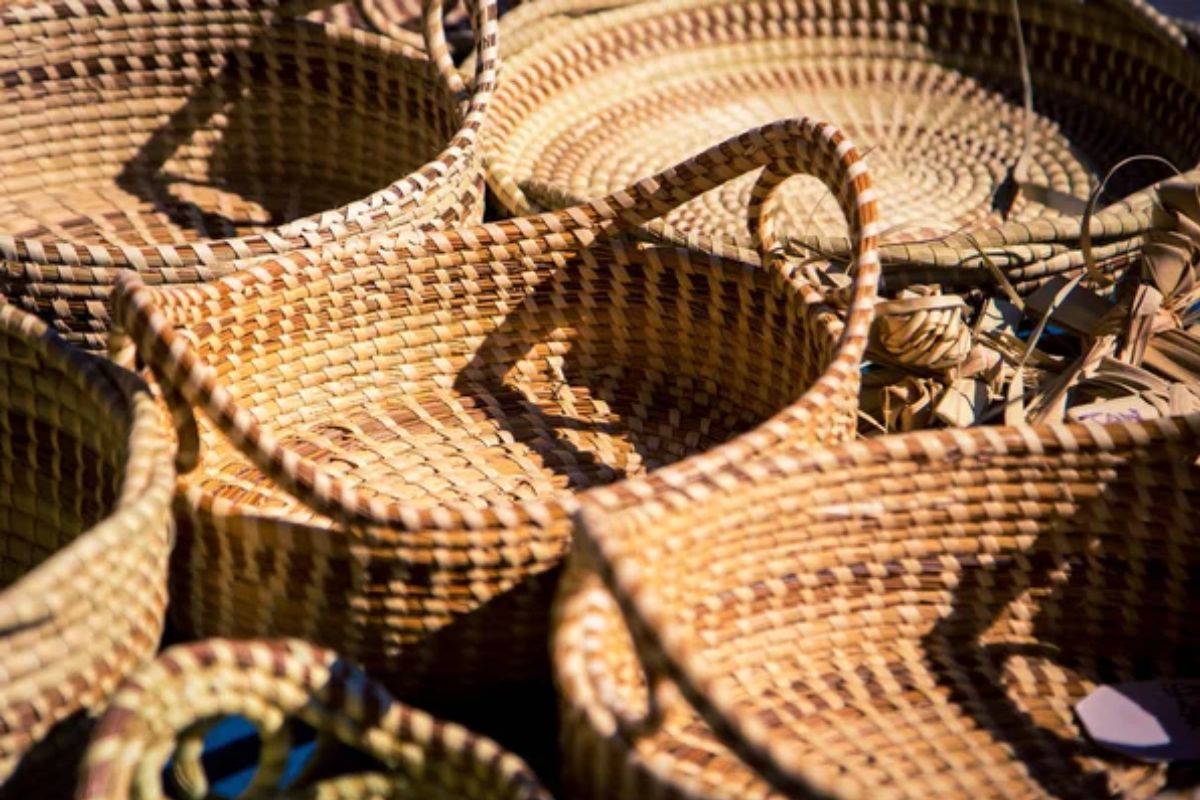
Charleston’s material culture includes craft traditions maintained across generations, often practiced in workshops outside main tourist districts. Sweetgrass basket weavers maintain West African techniques brought by enslaved ancestors, now creating both traditional and contemporary designs from native materials.
Ironwork demonstrations at the Philip Simmons Foundation preserve blacksmithing traditions that created Charleston’s famous decorative gates and balconies. These living craft traditions connect visitors to cultural knowledge transmitted through generations rather than merely preserved in museum displays.
Experience Working with Waterfront Traditions
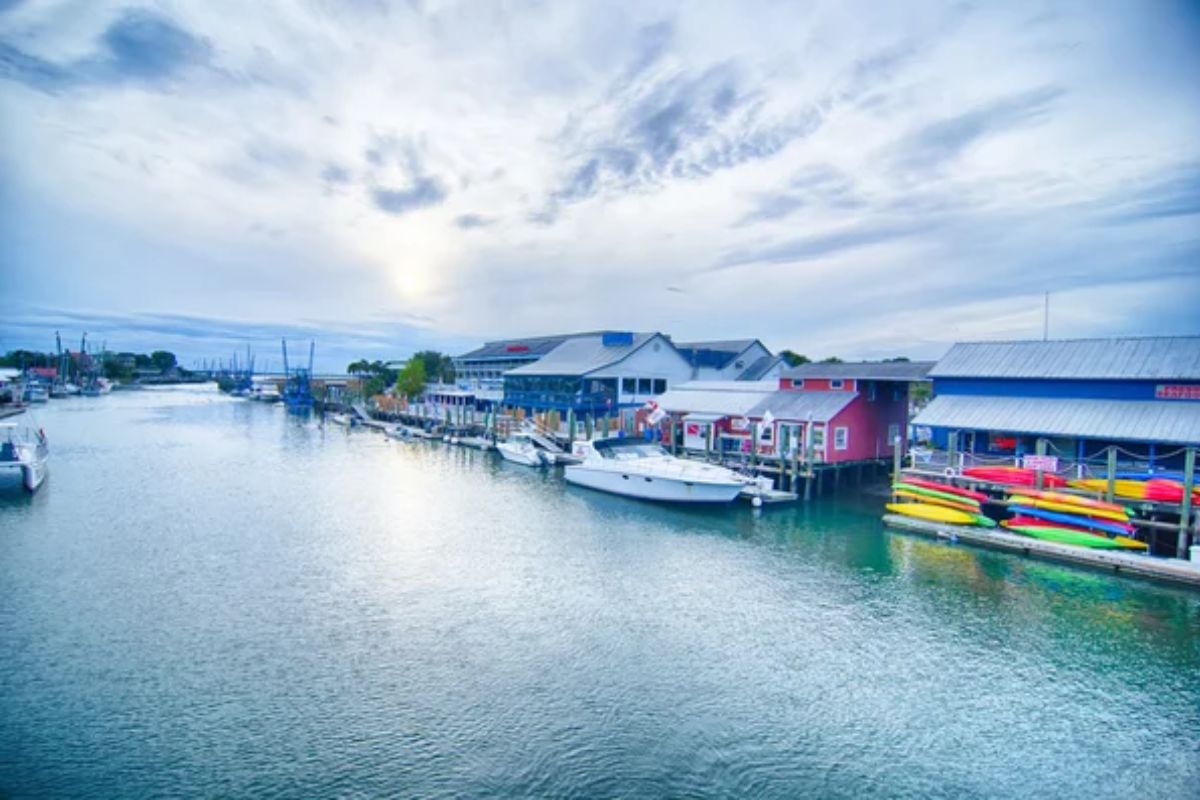
While tourist boats fill the central harbor, working maritime traditions continue in less-visited areas nearby. Shem Creek’s shrimp boat fleet maintains commercial fishing practices increasingly rare along the Atlantic coast, with early morning returns offering glimpses of traditional boat construction and harvesting techniques.
The Wando Terminal—though not open for casual visits—reveals Charleston’s continuing importance as a working port from several public vantage points. These maritime activities connect contemporary Charleston to the overseas trade that established the city’s importance centuries before tourism emerged.
Like Travel Pug’s content? Follow us on MSN.
Find Neighborhood Seafood Authenticity

Beyond downtown restaurants serving visitor-friendly seafood preparations, neighborhood establishments maintain traditional Lowcountry cooking methods and presentations. Backyard oyster roasts—community gatherings centered around clusters of oysters steamed over open fires—represent authentic social traditions continuing in local neighborhoods.
Modest establishments serving whole fried fish with red rice and seasonal greens maintain African-influenced cooking techniques developed on coastal plantations. These culinary experiences connect visitors to foodways developed through cultural exchange among European, African, and Native American traditions in the Lowcountry environment.
Discover Living Gullah Culture

The distinctive Gullah culture developed by descendants of enslaved Africans continues in communities surrounding Charleston, particularly on sea islands increasingly threatened by development. Cultural centers on the James and Johns Islands maintain language traditions, craft practices, and agricultural techniques developed through centuries of relative isolation.
Community praise houses—small wooden structures serving as spiritual and social centers—maintain musical traditions and communal practices with deep African roots. These living cultural expressions provide essential context for understanding the African influences that shaped Charleston beyond the simplified narratives presented in tourist-oriented settings.
Beyond Postcard Charleston

These experiences reveal Charleston beyond horse carriages and Rainbow Row facades—connecting visitors to the complex cultural landscape, environmental relationships, and community traditions that created and maintained the city’s distinctive character. While famous attractions certainly merit visits, these alternative experiences provide a deeper understanding of both historical contexts and contemporary Charleston life.
The most meaningful experiences often emerge just beyond crowded streets, in the neighborhoods and waterways where Charleston residents continue traditions that have survived centuries of change along this distinctive Atlantic coastline.
Like Travel Pug’s content? Follow us on MSN.
More from Travel Pug

- Cities Growing so Fast You Won’t Recognize Them in 10 Years
- 13 Destinations Where Tourists Regularly Regret Their Trip
- 20 Obscure WWII Sites Even History Buffs Don’t Know About
- 10 Under-the-Radar Mountain Towns That Are Both Affordable and Beautiful
- Remote Villages in Europe Where You Can Live for Free in Exchange for Work
Like Travel Pug’s content? Follow us on MSN.
